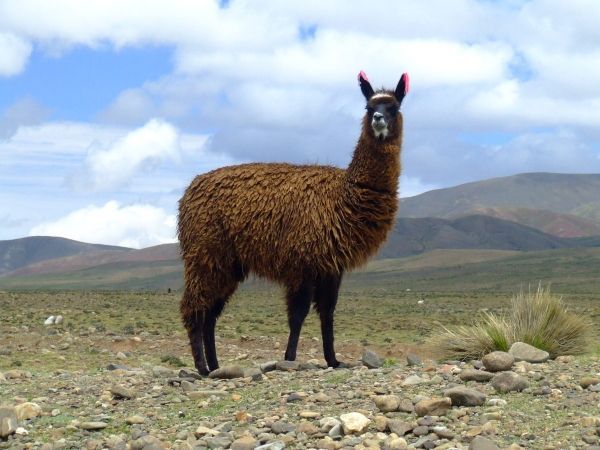Last year’s flu season was the worst in decades, leading to more than 80,000 deaths in the U.S. alone. Vaccination is the most effective way to prevent the flu, but even as vaccines are made available around the world, mortality levels don’t seem to be decreasing. The World Health Organization attributes between 290,000 and 650,000 deaths to the seasonal flu each year.
Researchers now think they’re on the path to a new kind of flu protection—one that might last longer and work against all types of influenza viruses. The source of their new defense: llamas.
These furry South American mammals produce special antibodies—molecules that mark foreign invaders in our bodies for destruction— that can identify a huge range of elusive influenza viruses. A new study used these antibodies to target multiple strains of influenza at once, a technique that could lead to more effective flu prevention. These antibodies can survive without refrigeration for longer, which could reduce the cost and complexity of flu treatment.
The new therapy was tested in mice, so there’s a long way to go before it reaches doctors’ offices. But researchers think this could be a big step toward eliminating a disease that afflicts between 5 and 25 percent of the U.S. population each year.
Continue reading at PBS.
Image via PBS.


